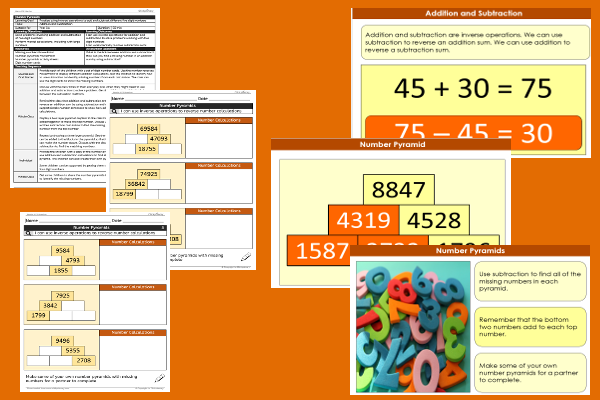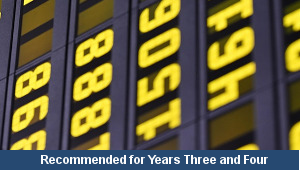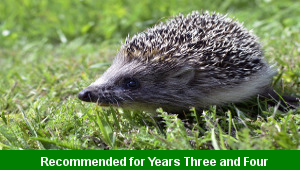Lesson Two – Number Pyramids

This maths teaching pack for Key Stage Two gets the children to practise using inverse operations to add and subtract pairs of different five digit numbers using standard written methods to complete layers in a puzzle shape.
The class can identify and explain how to use mental calculations to complete each of the steps in a standard written calculation for addition and subtraction correctly.
Download this teaching pack including a lesson plan, classroom activities and an interactive presentation to practise using inverse operations to add and subtract pairs of different five digit numbers using standard written methods to complete layers in a puzzle shape
Activities in this teaching pack include a differentiated set of worksheets to identify and record addition and subtraction calculations that can be used to complete a puzzle involving five digit numbers for core and extension ability levels and four digit numbers for support ability levels.
The interactive presentation gets the children to explore how to use inverse operations to add and subtract pairs of different five digit numbers to complete a puzzle,
This lesson is part of a maths scheme of work to get the children to use standard written methods of addition and subtraction to check calculated sums using inverse operations and solve problems with multi-step solutions. There are teaching activities for shared learning, differentiated worksheets to support independent learning and interactive presentations to introduce concepts and key skills.
-

Rounding Hundreds
Explain and model how to round some different numbers to the nearest hundred based on the place values of the digits in each number
-

Rounding Tens
Identify and record how to round some different numbers to the nearest ten based on the place values of the digits in each number
-

Classic Animal Stories
Investigate the structure and content of classic works of fiction by significant authors with animals as the main characters
-

Cities, Towns and Villages
Research and present the history of a range of different buildings and people that are part of the local community using a school exhibition
